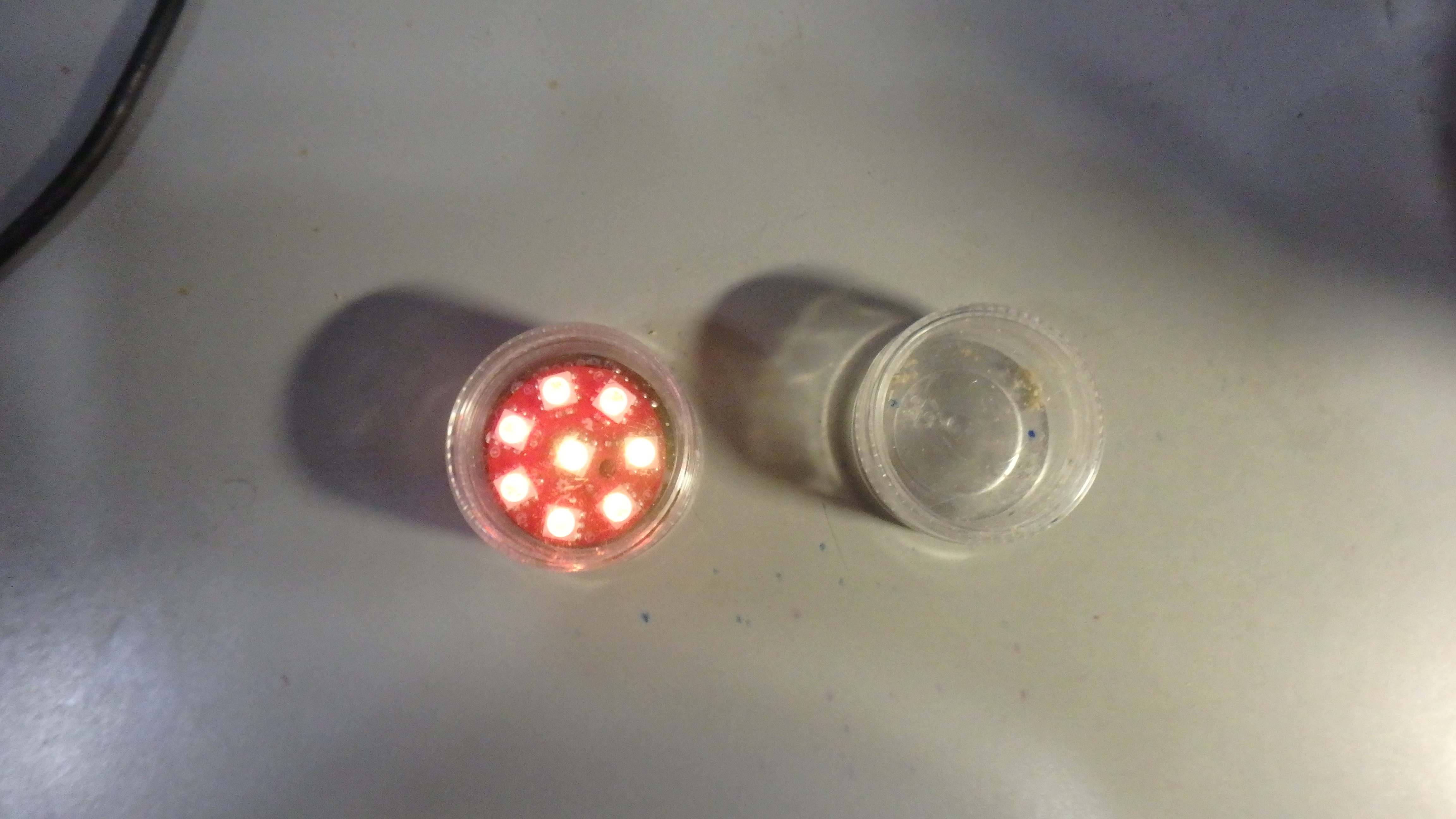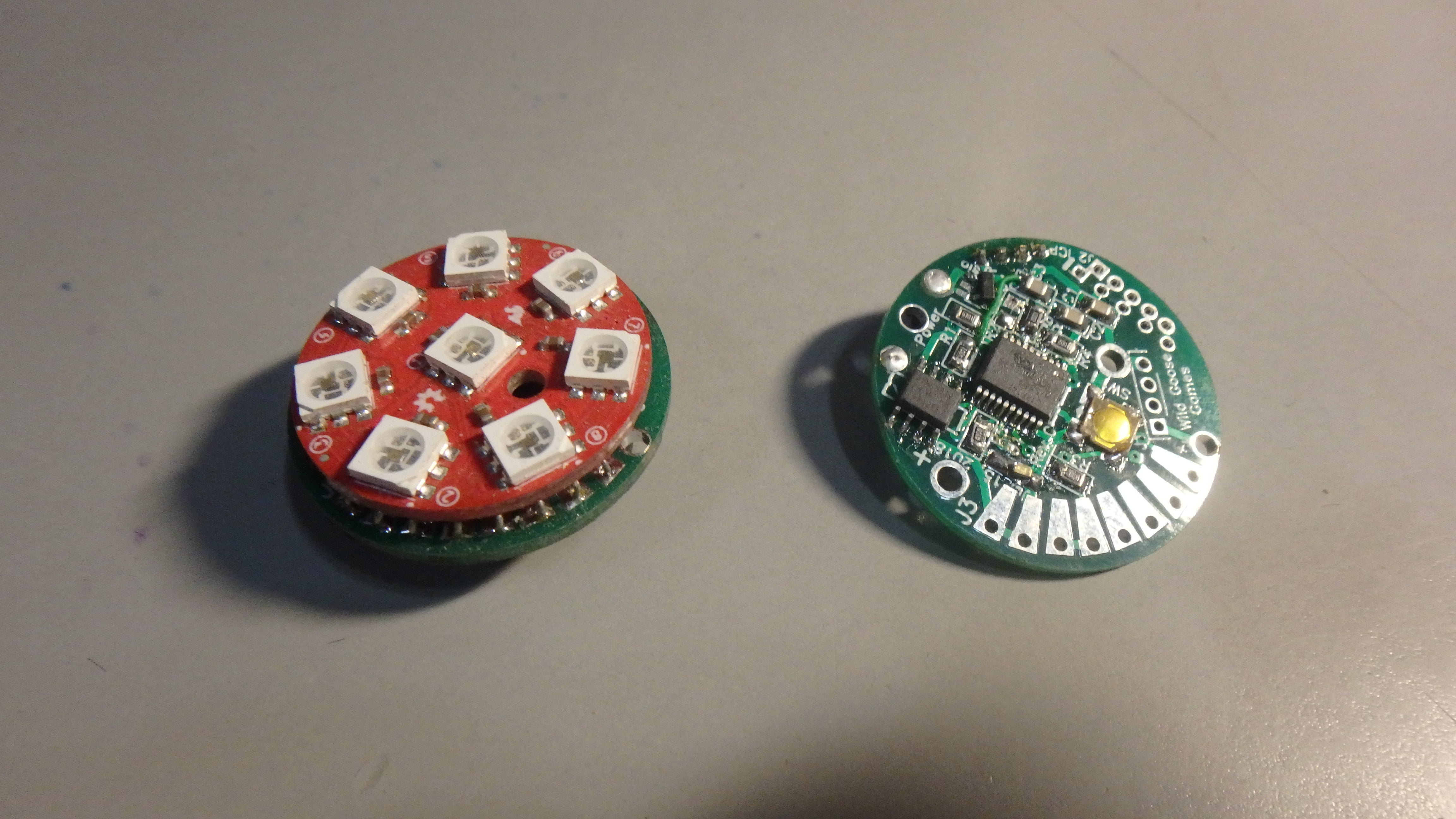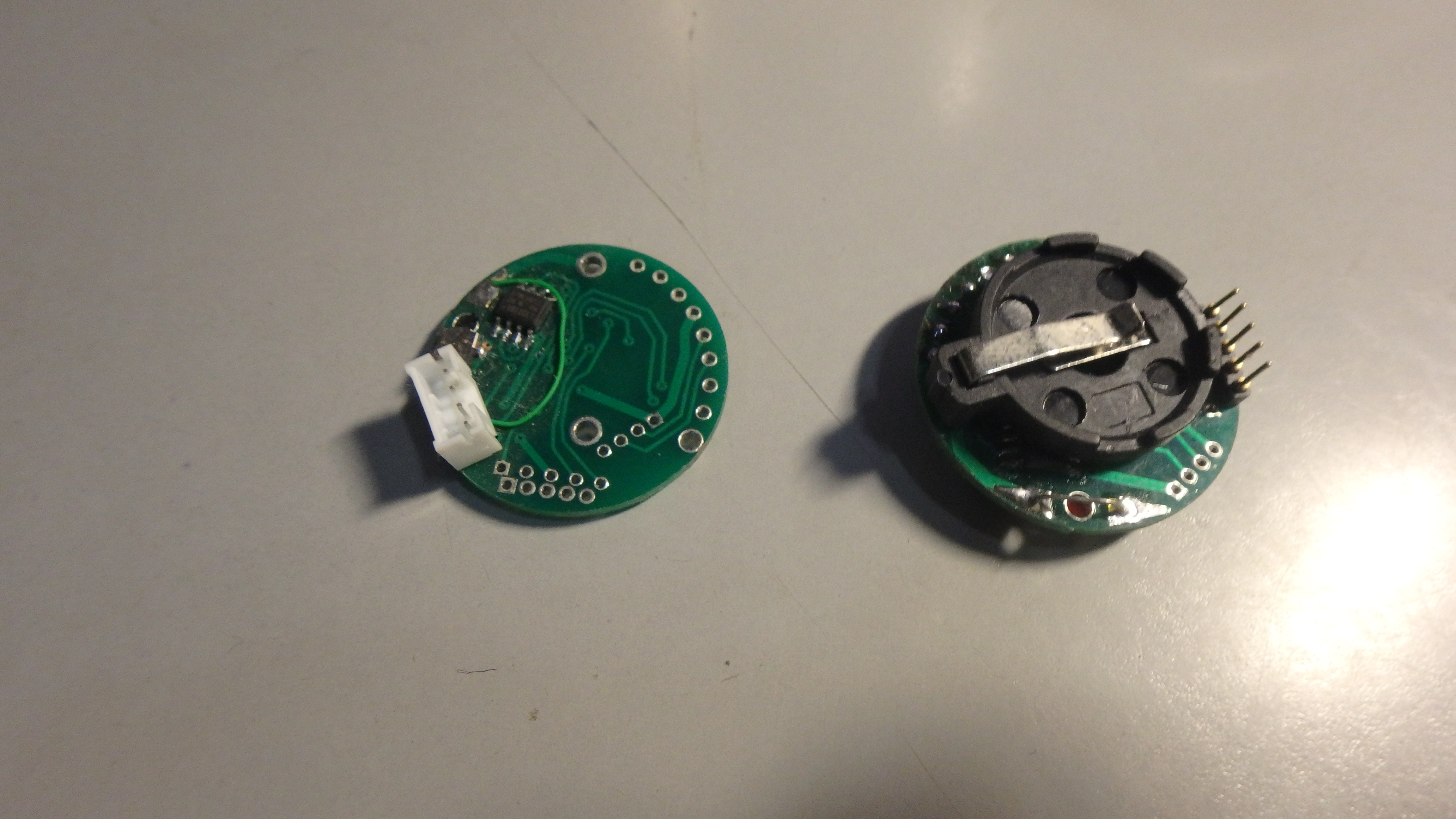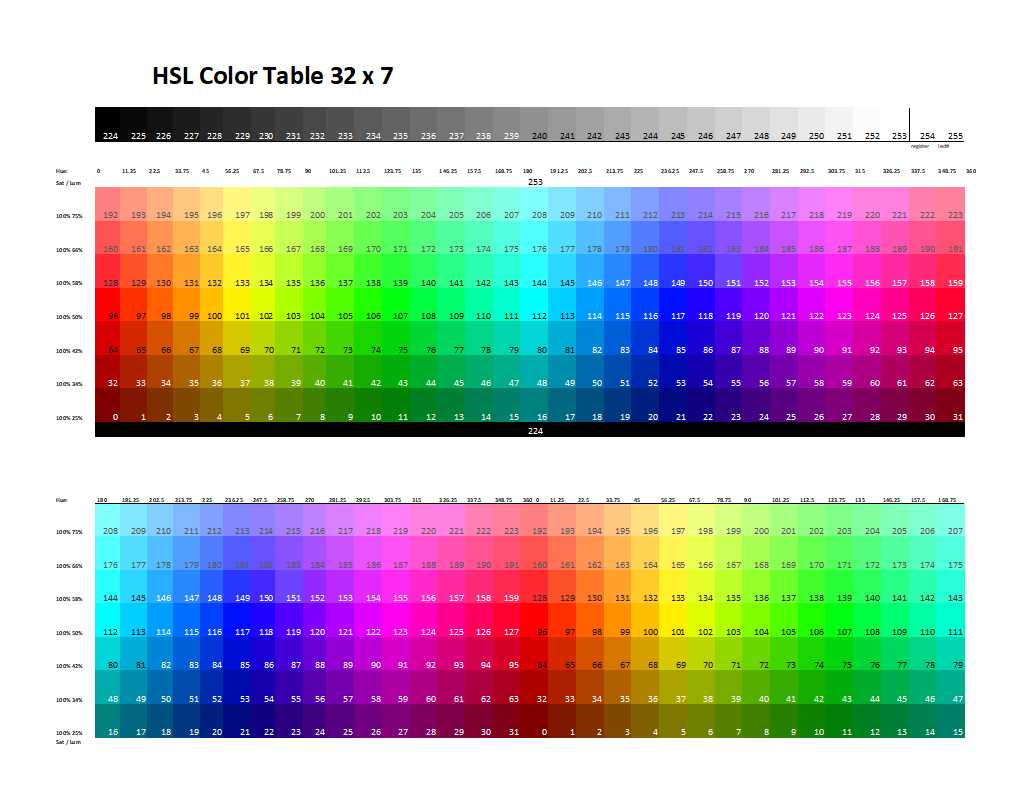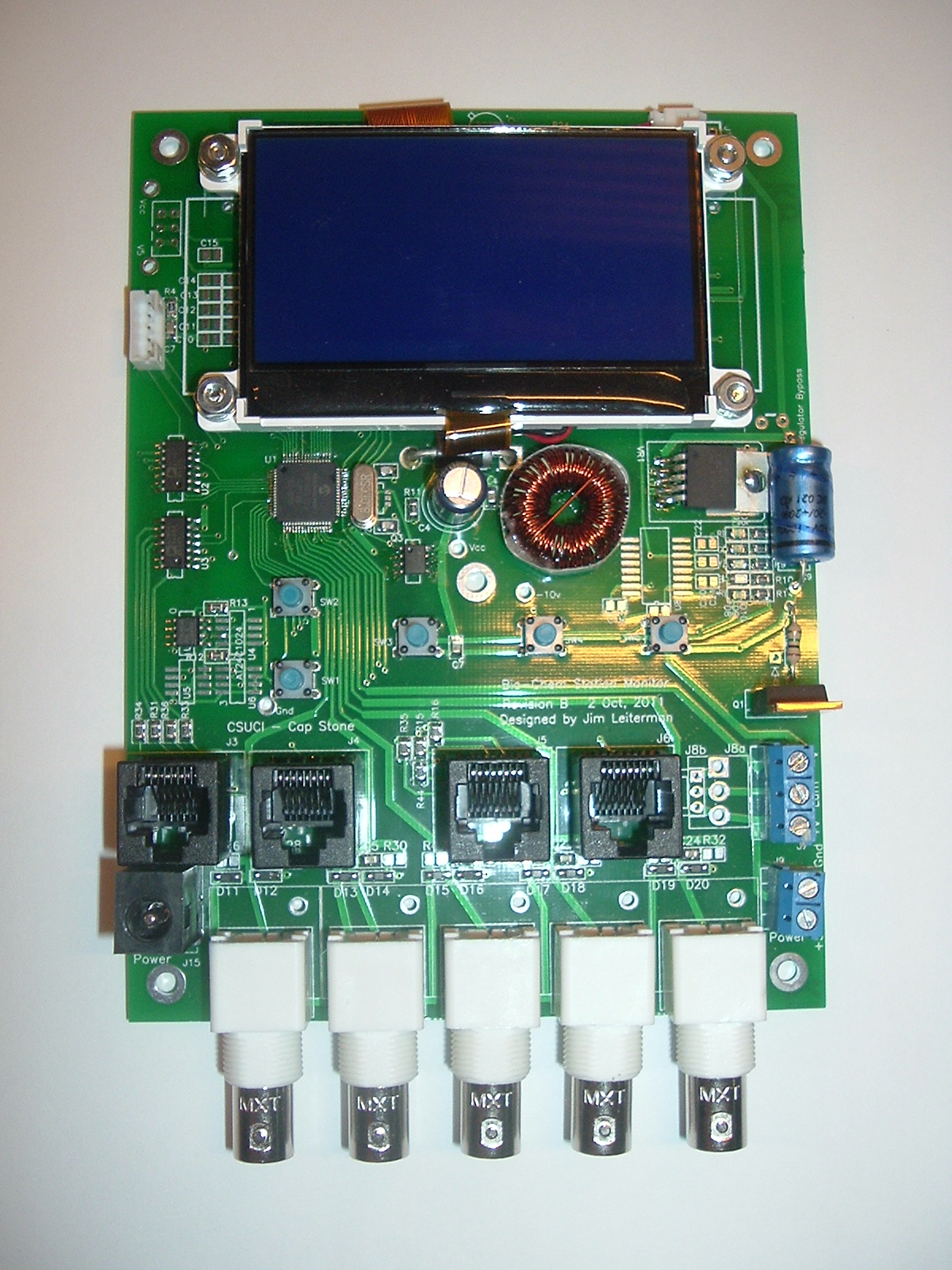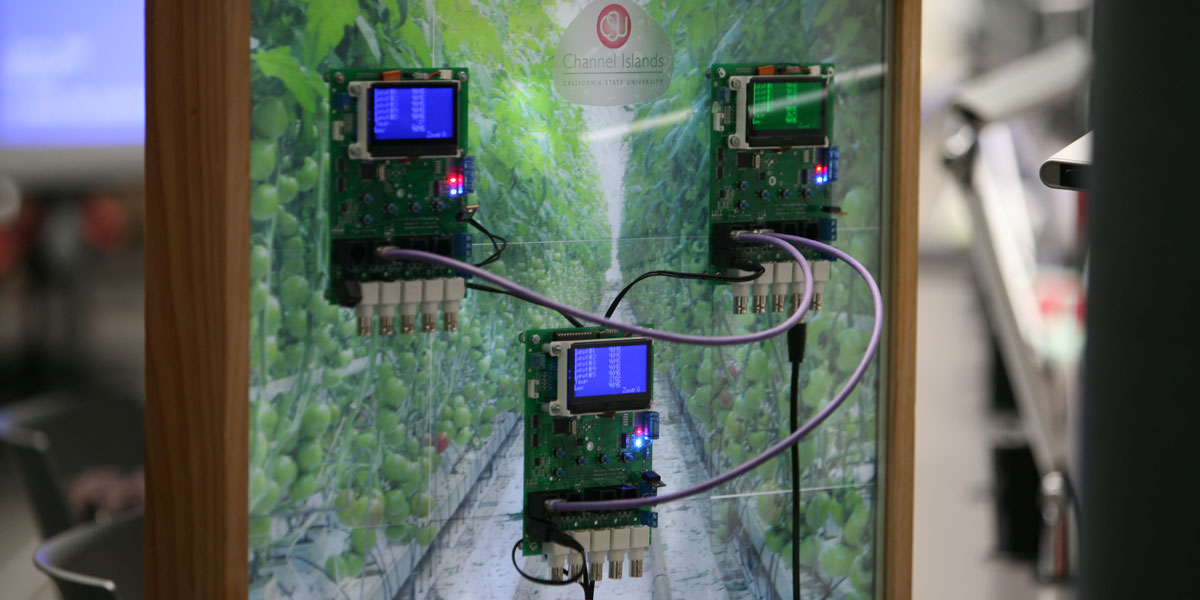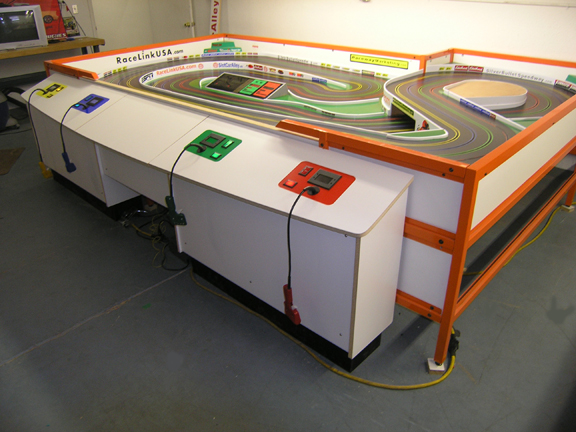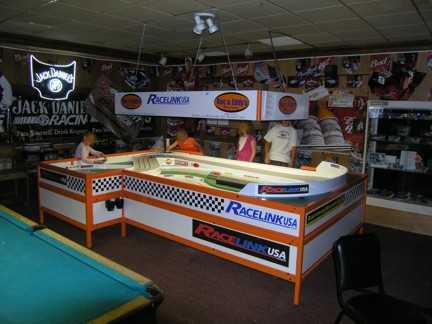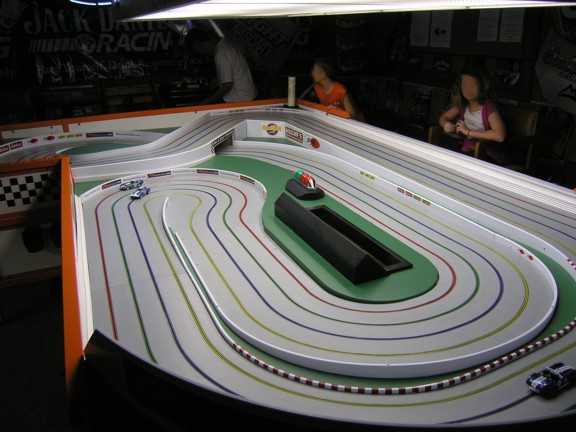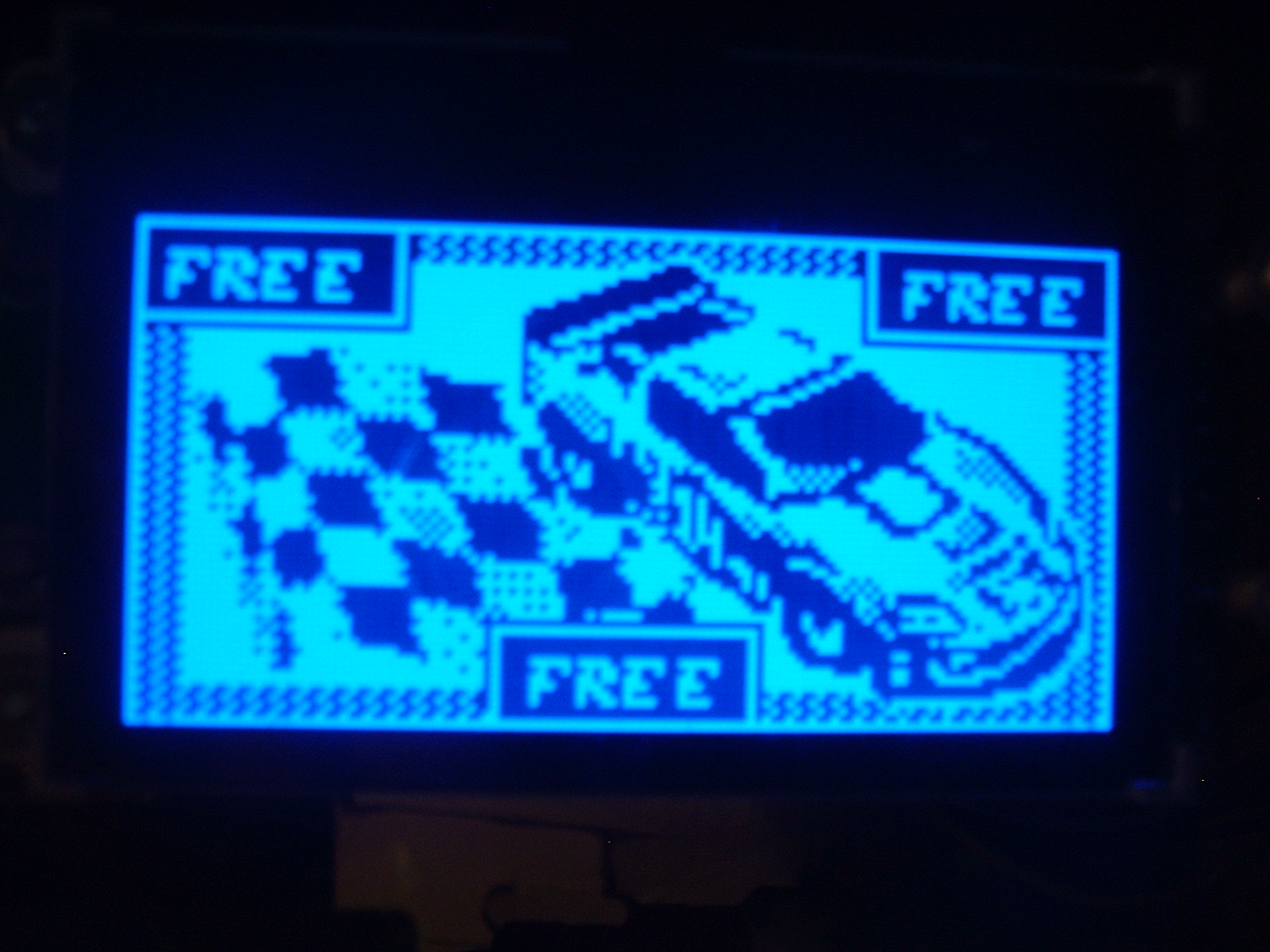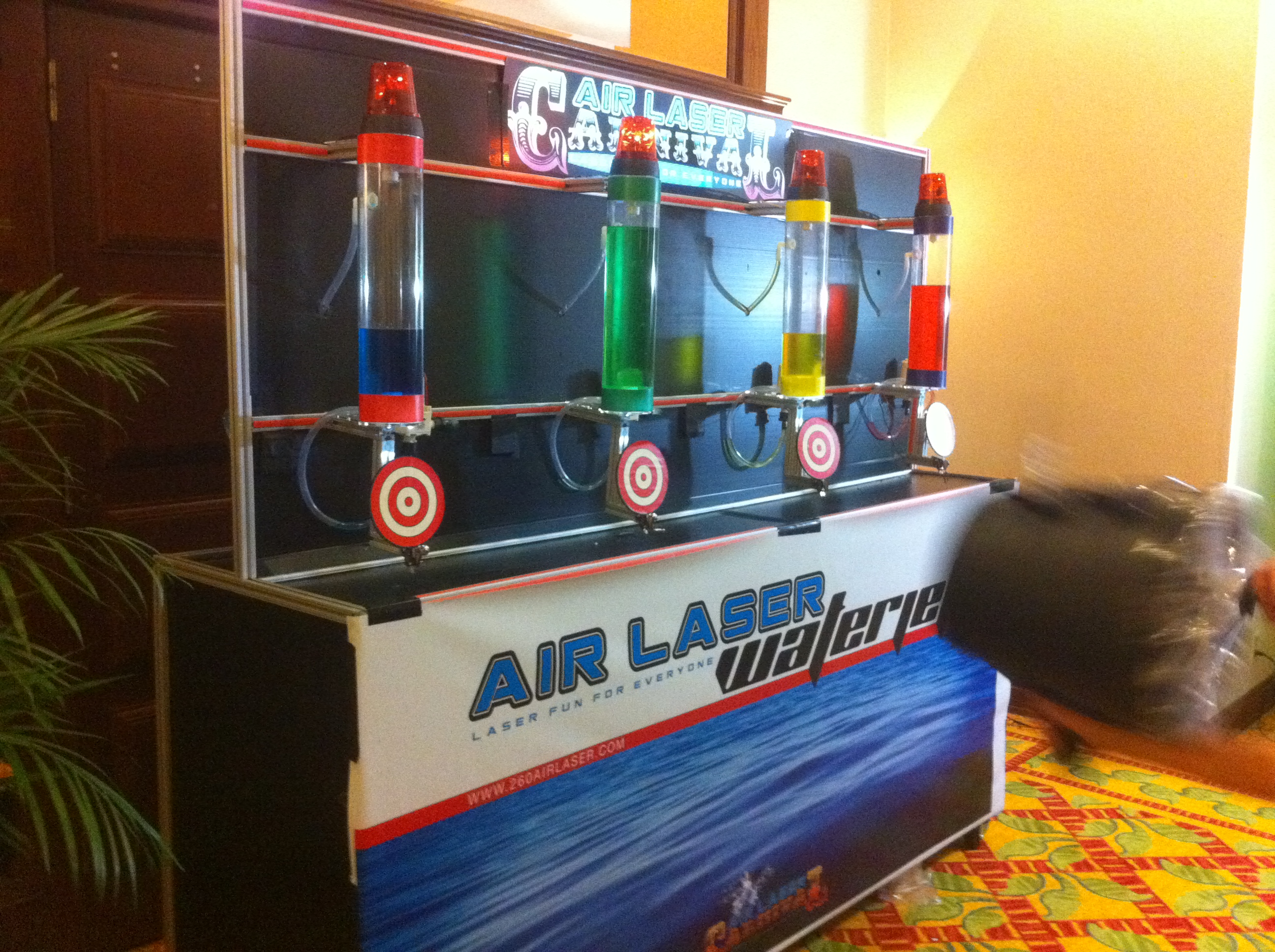|
|
Wild
Goose Games A Subsidiary of Wild Goose Development |
|
We are a small developer consisting of a virtual staff of programmers, 2D/3D artists and sound engineers providing 3rd party product design and development for engineering projects and coin-operated amusement devices.
Projects:
Cake Electronics
Programmable bakery electronics using a PIC 18F14K22. Lumenati RGB Led's are dynamically programmed and played back
as an animation sequence. At start of celebration, pull toothpick from micro-power switch on processor board
(embedded into cake) to enable circuit. Small
micro-switch allows pre-selection of playback animation. Using a toothpick, LED indicators give feedback for animation
selection by its index. Key in decimal digits of 2...999 using pulses for digit count and a pause between digits
and get visual feedback in pulses of selected animation that was recorded. If an entry error was detected such
as selecting an animation that doesn't exist or the reserved animation #1 then an error status is indicated
with a rapid pulse. At each powerup that animation sequence is played. Since cake electronics are rented,
an animation data file self destruct is executed after the Nth play to prevent violation of rental agreement. If purchased
then the self destruct is disabled. But customers can bring their controller back to the bakery for update with updated
animations for other special effect cakes.
Different board models with two i2c memory chips each 256k x 8-bit for an elite model of 512k x 8-bit.
A single smaller chip such as a 64k x 8-bit can be used instead for an economy 'rental' model
requiring only simple programming.
Lumenati LED's are 1x8 stick, 3x3, 8-pack circle (seen here), 4-pack circle, 3 LED 90 degree right,
3 LED 90 degree left. A 2 wire interface of clock with data. A script tool was written to control
the sequence. Animation timing is set as frames and random data in conjunction with HSL color data
is used to set and/or animate individual LED colors.
This mountain camping scene cake was custom designed by me (adapting the eagle and roped flag features borrowed
from a cake I saw on the internet) and ordered from a local baker) for my son's
BSA Eagle Court of Honor and the
first recipient of this product. He's in the picture for scale.
The 8 LED ring shown below on the left was placed under the orange translucent frosting on the cake in the
lower right. The fire animation was running. Random flickering of all eight LED's in shades of orange and reds.
In the blue creek/ravine it would have had the animated water but the script programming portion hadn't been
fully debugged in time.
Pre-check of fire animation running in container on left before insertion into a cake. Container on right
is contaminated with old cake debris and about to be disposed of as waste material. It keeps the electronics
clean and thus reusable.
The direct attachment to the LED ring with the sandwiched control board is un-necessary
as an alternate version is available for use with extension cables so that other Lumenati
RGB LED's are daisy chained together and an appropriate animation selected for that shape
configuration. Two round disks used as animated eyes. Flowing light simulating flowing water
or lava. Whatever the imagination can conjure. With the custom scripting language, scripts
are saved as indexed files and executed by its index. Separate indexed scripts are treated as
called functions or chained scripts by the primary script. An alternative external battery or power supply can be used
to extend running time without using the button battery holder.
This HSL table shows the index value used to directly set an RGB value for an indexed LED.
Randomization of delta ranges can be used to randomize a color value within that hue. The
table is displayed as 0 degrees and 180 degree rotations to make overflow between 0 and 360
degrees easier to predict! Though the controller does not have a random number generator, a 16k
randomized byte file (unique to each programmed controller) is generated and uploaded (as file index 1) upon initial
powerup of the controller during manufacturing. The random file is streamed for random data and upon
reaching the end of file, automatically rolls over the beginning of file and continues.
Bio-Chem Monitor/Control System
A Bio-Chemical
Monitoring system designed for a University project. It uses a PIC 18F6723 on
each monitor board which has five Analog BNC probe inputs and one digital probe
input. Each of these boards monitors one zone. It utilizes two networks, where
the primary links each of the monitor cards together into individual zones, to
a service running on a Windows Computer. The secondary network links each card
to additional sensors and controllers with the individual zone. Up to 240 zones
can be networked and each card acts as a proxy within that zone. They can also
be used as a standalone monitor / controller.
Each
board has a graphical 128x64 Monochrome LCD for status monitoring at the local
station. Each zone board can be configured manually using the onboard five
switches or remotely from a GUI connected via the RS-485 Full Duplex Host Network.
4x64K byte i2c Serial EEPROM data storage. LED status indicators. ESD input
protection on the inputs. Has a 3.3v onboard switching power supply.
Calibration feature for using probes such as: {NH (Ammonia), Ca (Calcium), ORB
(Oxidation Reduction Potential), Mg (Magnesium), NO3 (Nitrate), NaCl
(Salinity), pH (Alkalinity), Moisture, Temperature and other probes}.
I remember seeing this following picture on my university website a few years ago
and just now snagged a copy from the internet archive. This was my capstone project and I had also
entered it into the annual SAGE Student Research Conference. Several of my professors kept asking me where
I bought my boards from but as I explained, I designed, built, and programmed them. They did not knnw I had been
doing this type of development for years. The LCD's were
next generation from a similar model I used on previous projects.
Also made the white LED backlit shadow box and used the picture with permission (after explaining
why I needed it) from a hydroponics agricultural company!
The funny part is that from Sep 11, 2014 to Mar 5th, 2016 my
university used it as their cover photo for the "Computer Science & Information Technology" department.
Formerly: http://www.csuci.edu/academics/computer-science.htm
3D Slot Machine - “Bingo”
Amusement
Bingo game developed for Xplosive Enterprises, Inc. There are two versions. The
redemption and Vegas versions. Attached are modified scenes from both with the differences
made apparent! In the licensed version a signature neon on the back glitter wall
and a 3D articulated talking avatar in the right corner under the spotlight! As
well stage scene with higher quality animations.
Pentium IV version uses XP, OpenGL, Direct Sound stereo.
|
|
|
|
Slot Machine (Redemption) Main Screen |
Round House Bonus Game (Redemption) |
|
|
|
|
Licensed: Dolly Parton (Vegas) |
Round House Bonus Game (Vegas) |
|
|
|
|
Gaming Cabinet Bezel |
|
We designed a new gaming computer specially designed and built
for this and our future arcade games. Much smaller then any micro-ATX case, 480
Watt power supply, and runs high end 3D graphics cards!
|
|
|
|
Blue Goose Game System |
(Inside View) |
On
the left is a PIC18F4550 based GPIO interface board that we design. It uses
USB/RS-232 and interfaces the Blue Goose Gaming Computer to a Poker 8-Line Slot
Machine Cabinet Wiring Harness. It also exists inside our new Slot Machine
Emulator.
|
|
|
|
GPIO Board |
Slot Machine
Emulator |
Casino Area Progressive
A
Casino Area Progressive (CAP) system custom designed for a Casino Manufacturing
company, which supports one to four progressives. Uses a custom designed PIC
18F6520 based CapNode that is installed in each Electronics Gaming Machine.
They use a proprietary network that links them all to a CapHost, which is a
Serivce running on a Windows Computer. The CapHost communicates with a
CapMeter, which displays the active progressives. A CapViewer is the GUI used
to access the Host and configure the system. Another application the CapTool is
used for testing individual nodes. There are two models of the CapNode. One is
a Poker 8-Line Bus extender for easier installation, and the other is a wired
version. Up to 240 nodes can be networked and each node has a configured
detection type to best detect the status of game play for the gaming board
running in the cabinet.
A GUI is used to configure as well as monitor the ongoing progressive game that is selected on each of the four progressive channels. Coin In, Coin Out, Game Win, Game Play are all tracked and based upon the configuration settings a percentage of each coin in is used towards the building of the progressive jackpot. Payout is based upon those configurations as well as the winner.
|
|
|
|
Poker-8 Line Bus
Extension Interface |
Slot Machine Direct
Wired Interface |
|
|
|
|
1 Meter |
4 Meter
|
Commercial (Coin-Op) Slot Car Racing System
Design
of the electronics hardware, embedded software and networking system for 1/32
scale commercial slot racing system, controlling slot cars in standalone and
tournament configurations for Raceway Entertainment Systems, LLC.
|
|
|
|
|
Racing system prior to its redesign and the addition of our architected racing system. (Revised pictures will be available soon!) |
Original unit modified into the prototype. Four player station with LCD and user menu
selection each station and scoreboard in center island.
Image of production unit, installed in a tavern. (View from opposite side.)
Side view in tavern.
The following images are the various first generation boards mounted on plexi-glass used to
develop the project. Final revisions of the boards were used within the actual slot car track cabinet.
A second generation of smart boards was designed for looped track and drag strips but were never put into operation as the track
manufacturer client, closed their doors.
|
|
|
|
Front view of developer board. Note revision A scoreboards. Next revision had tachometer indicator and score status cluster back lights. |
Back view of early developer board. (Note paper place holders for rev. A scoreboard and 50 miles of wiring.) |
|
|
|
|
Logic (Rabbit 2000 based) board without sound daughter board. |
Four lane track power board with networked processor control. Current and throttle monitoring. Two level power as well as reversible power. |
|
|
|
|
Four lane induction sensor board. |
Four lane induction sensor test assemblys. Each missing their magnet. |
|
|
|
|
Networked processor controlled, paired Rev B. Scoreboard. Note LED cluster back lights and tachometers. (Front View) |
(Back View) |
|
|
|
|
Legacy chip Stereo Audio board piggy backs onto logic board. Designed to be upgradeable with alternate audio chip and built in amplifier. |
Rev. B Scoreboard in diagnostics mode. |
|
|
|
|
One of four LCD boards (Blue Station). Networked smart boards with onboard graphics storage. |
(Front & Back Views) |
|
|
|
|
Power Board exerciser. |
Sensor board monitor. |
Consumer Slot Car Drag/Loop Racing Systems
Currently
under development is a new network based microprocessor driven sensors in an
old school model as well as the High End consumer model. Partially based upon
the commercial systems developed here.
|
|
Designing the electronics hardware, embedded software and networking system for 1/32 and HO scale consumer slot car drag/loop racing system, Logic Controller, display, Track Sensors, 2, and 4, lane power controllers scalable to 2…8 lanes, Christmas Tree, and scoreboards are all networked linked and scalable. Components designed to be utilized within Drag Racing and Slot Car systems.
|
|
|
|
“Old School” Christmas Tree Controller. (Smallest circuit board I’ve ever made!) Model Four way Traffic Signal uses same controller with different programming. |
Next Gen (Networked) Christmas Tree Controller (Prototype) |
Carnival Booth Controller Board
A custom designed PIC 18F4550 based carnival booth controller. Used for multiple games at carnival attractions to control electro-mechanical devices. Has dual Analog Inputs for game configuration timing, dip switches for 31 game selection, as well as internal (workbench) diagnostics, 12 game digital inputs, 12 SPDT relay outputs, a game start input, input and output LED status indicators, and a switching power supply. Has built in memory as well as USB and RS-232 communications. Also a keyplug for serialization and periodic licensing as well as audit data tracking.

Client used it for the following carnival game for a couple years then retired it.
Data I/O Board
A custom designed PIC 18F4550 based Data I/O. Has Analog Inputs, Digital Input/Output, and switched Relay Outputs, switching power supply and up-to 512K bytes of I2C memory storage.
|
|
|
Data Analog, Dignital Input/Ouput |
POS Smart Cable
A custom designed PIC 18F6520 based Smart Cable is used to replace an Epson type Point-Of-Sale Logging printer pack the data and relay to a PC Data Logger, or if the Data Logger is off-line, store the data internally in 512K bytes of memory.
|
|
|
Smart Cable |
Amusement (Arcade) Machine - “Bingo”
Amusement
Bingo game developed for Xplosive Enterprises, Inc.
Pentium IV version uses XP, and the Direct X packages; Direct 3D and Direct Sound. The development system uses the following emulation controller that we designed.
|
|
|
|
Commercial chassis emulator. Rabbit 2000 based. (Front View) |
(Rear View). |
Legacy
twin Z180 processor version uses, VGA character set graphics and sound blaster
audio.
|
|
|
|
|
Developer Test Board. |
||
|
|
|
Audio I/F Test Tool
Contracted to develop embedded software for several Audio-Video Matrix Switchers.
Also built this graphical audio/video zone control testing tool to test that AV distribution system. Tool simulates Buttons,
Rotary Dials, Sliders, switches and LED indicators.
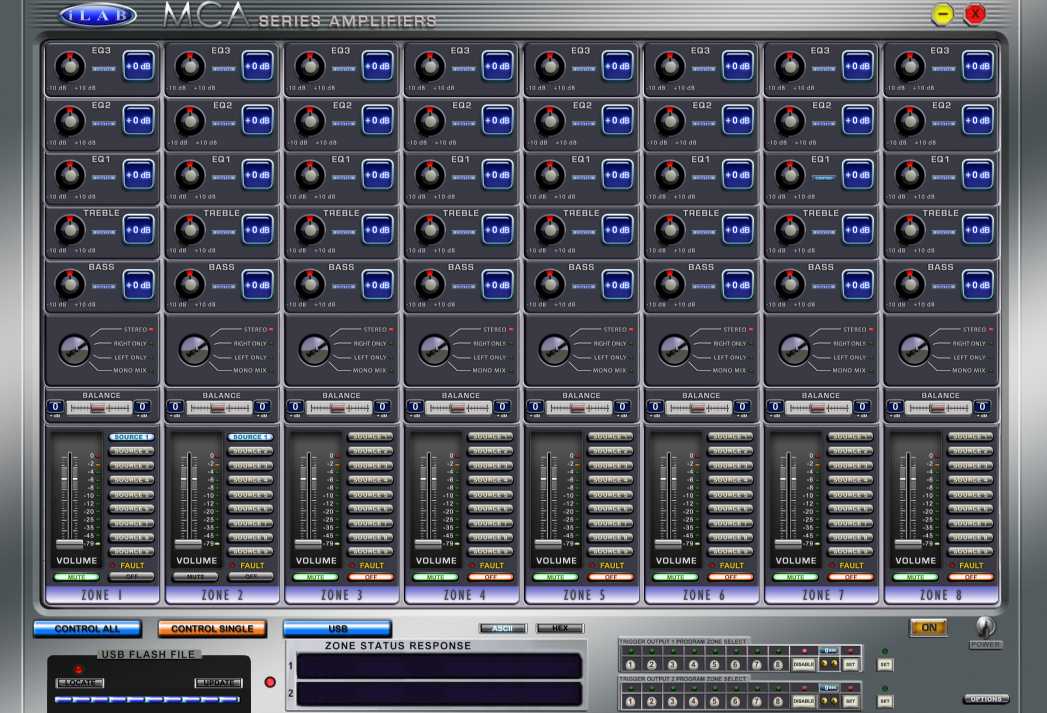
USB Audio I/F Test Tool
|
|
An internal Win32 based test tool designed to test a USB Audio Interface by generating a variable sine wave at a specified frequency and then displaying the received stereo waveforms. |
VIASM (Visual Inverse Assembler)
Symbolic Visual Inverse Assembler (VIASM), an interactive GUI based code disassembler designed with processor plug-ins. Allows binary code to be converted into symbolic source code.

w/6502 Plug-in.

w/Z80 Plug-in
…and other projects protected by NDA from even talking about them!
A couple years ago we bought
M.E.L. Mobile Electronics
Laboratory.
contact: [email protected]
Employment: We are currently not hiring at this time!
Portfolio of Technical Director Jim Leiterman



